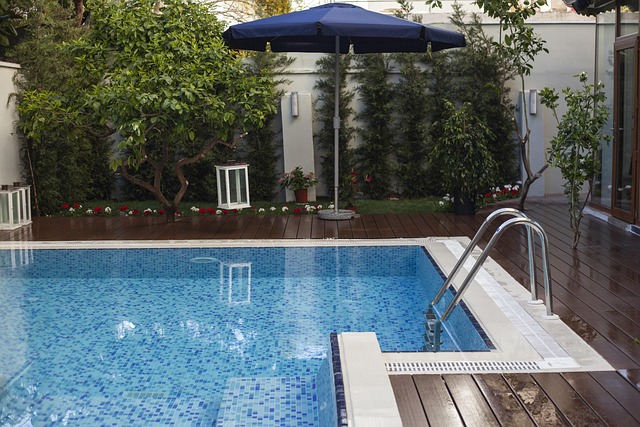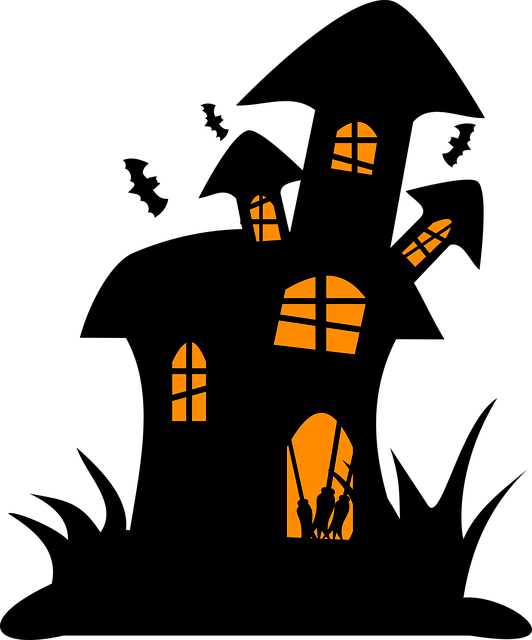Elevate Adventures: Multi-Level Bounce Houses with Obstacle Courses

Bounce houses with obstacle courses have become a dynamic and popular trend in entertainment, combin…….
Understanding Obstacle-Based Bounce Houses
Bounce houses, also known as inflatable bouncers or moonwalks, have evolved over the years to include a variety of interactive elements, among which obstacle-based bounce houses have gained significant popularity. These structures are designed with various physical challenges, such as climbing walls, crawl tunnels, slides, and balance beams, integrated into an inflatable format. They cater to both children and adults, providing an engaging and active recreational experience.
The core components of obstacle-based bounce houses include durable vinyl materials, safety mats for landing areas, inflatable surfaces with non-slip coatings, and a variety of obstacles designed to promote physical activity and agility. These houses are often themed around popular culture, sports, or adventure, enhancing the immersive experience for users.
Historically, bounce houses began as simple inflatable play spaces but have since expanded to incorporate obstacle courses as part of a trend towards more engaging and dynamic recreational activities. This evolution reflects a broader societal shift towards interactive entertainment that not only provides fun but also promotes physical health and well-being.
Global Impact and Trends
The impact of obstacle-based bounce houses is felt across various sectors, including entertainment, sports, and education. Internationally, there has been a noticeable increase in their use at birthday parties, community events, school fairs, and corporate team-building exercises. The popularity of obstacle course races like Spartan Race and Tough Mudder has also influenced the design and functionality of these bounce houses, with many incorporating similar elements to cater to this market.
Key trends shaping the trajectory of obstacle-based bounce houses include the integration of technology for enhanced user experiences, such as virtual reality (VR) and augmented reality (AR), and an increasing focus on sustainability in materials and design. Additionally, the rise of health and wellness has led to a greater emphasis on safe, outdoor activities that encourage active play.
Regions like North America, Europe, and parts of Asia have seen significant growth in the number of facilities offering obstacle-based bounce houses, reflecting a global recognition of their value as both entertainment and exercise tools.
Economic Considerations
From an economic standpoint, the market for obstacle-based bounce houses is thriving. The industry has seen substantial investment, with manufacturers and entrepreneurs alike recognizing the profitability and scalability of these attractions. They represent a niche within the broader leisure and recreation sector, contributing to local economies by creating jobs and attracting tourism.
Market dynamics indicate a healthy competition among providers, with differentiation through innovative design, customer service, and location being key factors for success. The demand for these bounce houses has led to increased production and innovation in materials and safety features, further driving economic growth within the industry.
Technological Advancements
Technological advancements have played a pivotal role in enhancing the experience of obstacle-based bounce houses. Innovations such as LED lighting for nighttime visibility, anti-slip surfaces to improve safety, and inflatable materials that withstand various weather conditions have been integral.
The future potential includes the integration of IoT (Internet of Things) technology to monitor usage, maintenance needs, and even to gamify the experience through interactive apps. Augmented reality could also provide a virtual overlay to obstacles, adding another dimension to the physical challenge.
Policy and Regulation
The governance of obstacle-based bounce houses is influenced by policies and regulations that prioritize safety, accessibility, and fair competition. These include fire safety standards for inflatable materials, ADA (Americans with Disabilities Act) compliance for accessible design, and insurance requirements to protect users and operators.
Legislation varies by region, with some countries having more stringent regulations than others. Compliance with these frameworks is crucial for the continued development and expansion of the industry.
Challenges and Criticisms
One of the main challenges facing obstacle-based bounce houses is ensuring safety standards are met across all operators and venues. This includes regular inspections, maintenance checks, and adherence to manufacturing guidelines. Another challenge is maintaining a balance between cost and quality to make these attractions accessible to a broad audience.
Criticisms have also arisen regarding the environmental impact of producing and disposing of large inflatable structures. Operators are increasingly responding by using sustainable materials and promoting recycling programs.
Case Studies
Several successful case studies exemplify the positive impact of obstacle-based bounce houses. A notable example is the “American Ninja Warrior”-inspired courses that have been set up in shopping malls, drawing substantial foot traffic and enhancing consumer engagement. Another case study involves a community center that saw a significant increase in membership after installing an obstacle-based bounce house for its patrons.
These success stories highlight the importance of strategic placement, effective marketing, and alignment with community interests to ensure the long-term viability of these attractions.
Future Prospects
The future prospects for obstacle-based bounce houses are promising, with potential growth in both existing markets and new ones. The integration of technology is set to revolutionize the user experience, making it more immersive and interactive. Additionally, the trend towards healthier lifestyles may lead to a greater emphasis on these types of physical activities.
Sustainable practices are likely to become a hallmark of the industry as operators strive to reduce their environmental footprint. The continued evolution of obstacle-based bounce houses will likely be shaped by advancements in technology, changing societal values, and the ever-present need for safe, accessible entertainment.
Conclusion
Obstacle-based bounce houses represent a dynamic intersection of entertainment, fitness, and technology. Their growth is indicative of a global trend towards interactive and engaging experiences that cater to diverse audiences. As the industry continues to mature, it will likely face challenges related to safety, sustainability, and innovation but remains a vibrant sector with significant potential for growth and development.

Bounce houses with obstacle courses have become a dynamic and popular trend in entertainment, combin…….

Commercial bounce houses with obstacles designed in tropical themes offer a unique, immersive experi…….

Bounce houses with obstacle courses have evolved from simple springy structures into complex mazes,…….

Customizable inflatable obstacle course bounce houses elevate event experiences by offering unique,…….

Customizable inflatable obstacle houses, known as fun obstacle bounce house inflatables, have become…….

The evolution of obstacle course play has transformed from simple backyard setups to complex, multi-…….

Inflatable obstacle courses with bounce houses and tunnels offer diverse play experiences enhancing…….

Interactive obstacle bounce houses transform events into immersive, memorable experiences. Customiza…….

Obstacle-based bounce houses, featuring dynamic designs with zig-zag pathways and finish lines, offe…….

Commercial bounce houses with obstacles have exploded in popularity, becoming a central attraction a…….